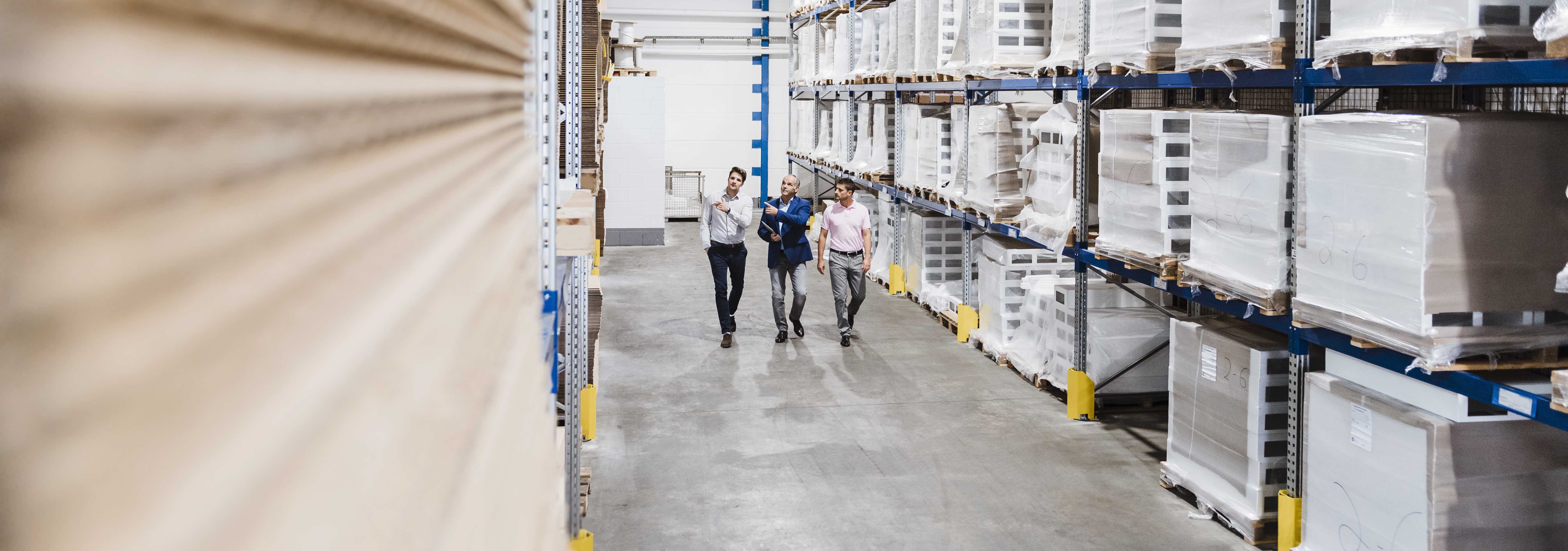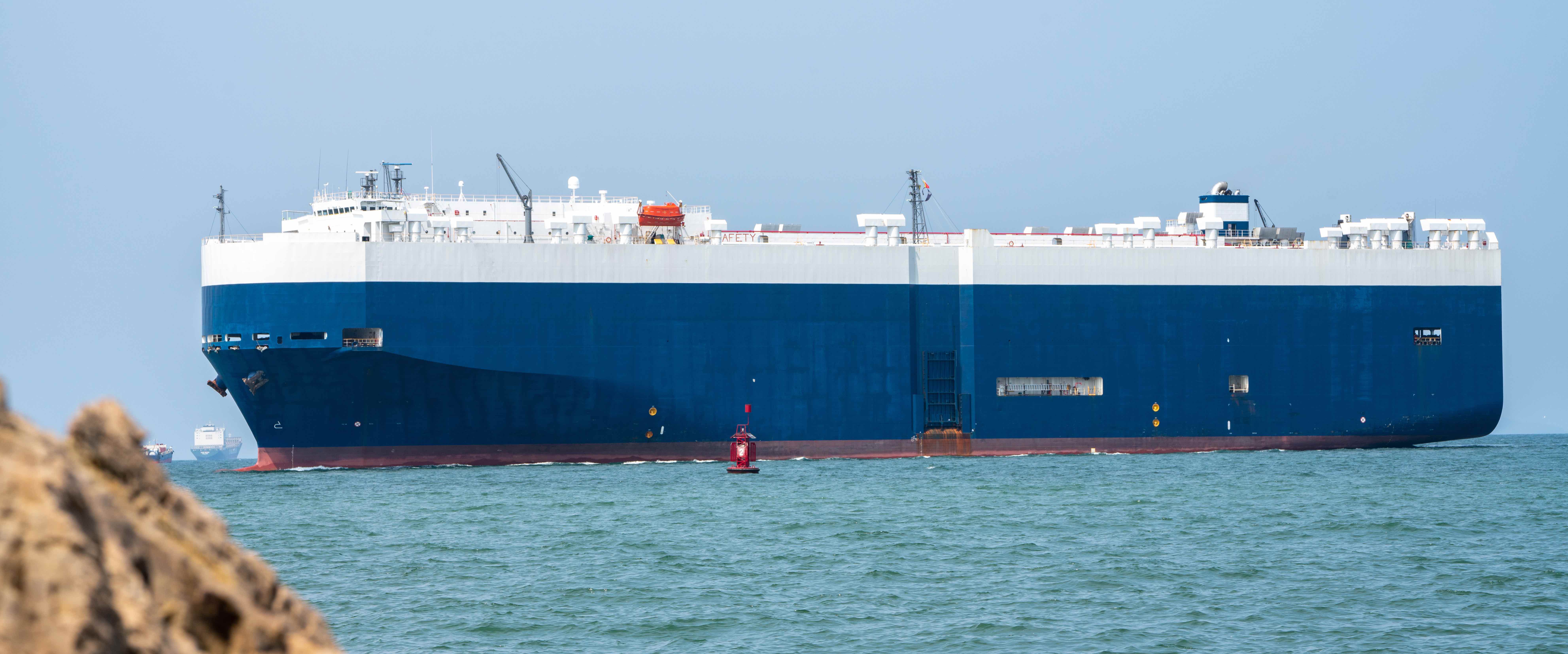Pack Smart: Sea Freight Packaging Best Practices

Discover essential tips and strategies to ensure your cargo withstands the rigors of sea transit.
Understanding the Challenges of Sea Freight Packaging
Sea freight packaging presents unique challenges, mainly due to the long transit times, exposure to various climatic conditions, and the handling processes at different points. These include the risk of corrosion, moisture damage, vibration, and compression that can compromise the integrity of the goods. Understanding these potential issues is the first step in developing a robust packaging strategy that ensures the safety and security of cargo during sea transit.
Moreover, packaging for sea freight must also take into account the diverse regulations of the countries of origin, transit, and destination. It's crucial to be aware of the potential for customs inspections and the need for easy access to goods without compromising their security or protection. Familiarizing oneself with these challenges is essential for successful sea freight packaging.
Selecting the Right Materials for Durable Packaging
The selection of appropriate materials is critical for durable sea freight packaging. Materials must be strong enough to withstand the rigors of shipping, including stacking pressures, while also being resistant to moisture and other environmental factors. Options such as corrugated cardboard, wooden crates, plastic containers, and metal drums are commonly used, each with their own advantages and suitability for different types of cargo.
When selecting materials, consider factors like the weight and fragility of the items, as well as the potential for exposure to elements such as saltwater or extreme temperatures. The right combination of external packaging and internal cushioning materials can make all the difference in protecting the goods throughout their journey.
Effective Techniques for Waterproofing and Weatherproofing
Waterproofing and weatherproofing are essential in protecting cargo against the elements during sea freight. Techniques such as using waterproof liners, seals, and shrink wrapping can prevent water damage. It's important to ensure that the packaging is not only water-resistant but also capable of withstanding humidity and temperature fluctuations that can occur in the cargo hold of a ship.
Additionally, reinforcing the packaging with strapping, edge protectors, and corrosion inhibitors can provide extra security against rough handling and environmental stressors. By implementing these techniques, shippers can minimize the risk of water and weather-related damage to their cargo.
Optimizing Container Space for Maximum Efficiency
Optimizing container space is key to maximizing efficiency in sea freight. This involves carefully planning the arrangement of packages within the container to ensure stability and minimize movement during transit. It's important to distribute weight evenly and utilize all available space without compromising the safety of the goods.
Utilizing palletization, stacking patterns, and dunnage can help in optimizing the space while preventing damage to the cargo. Efficient packing not only protects the items but can also reduce shipping costs by allowing for more goods to be transported in a single container.
Compliance and Safety: Ensuring Your Packaging Meets International Standards
Compliance with international packaging standards is not just a legal requirement; it's a critical component of safe and efficient sea freight. These standards are designed to ensure that packaging can withstand the stresses of international shipping and protect both the cargo and the individuals handling it.
Understanding and adhering to the International Maritime Dangerous Goods (IMDG) Code, as well as other relevant regulations, is essential. This includes proper labeling, documentation, and ensuring that your packaging materials and methods are up to par with international safety practices. Regular training for staff on the latest regulations can also help in maintaining compliance and ensuring the safety of your shipments.
Want a comparative quote for your next shipment?




